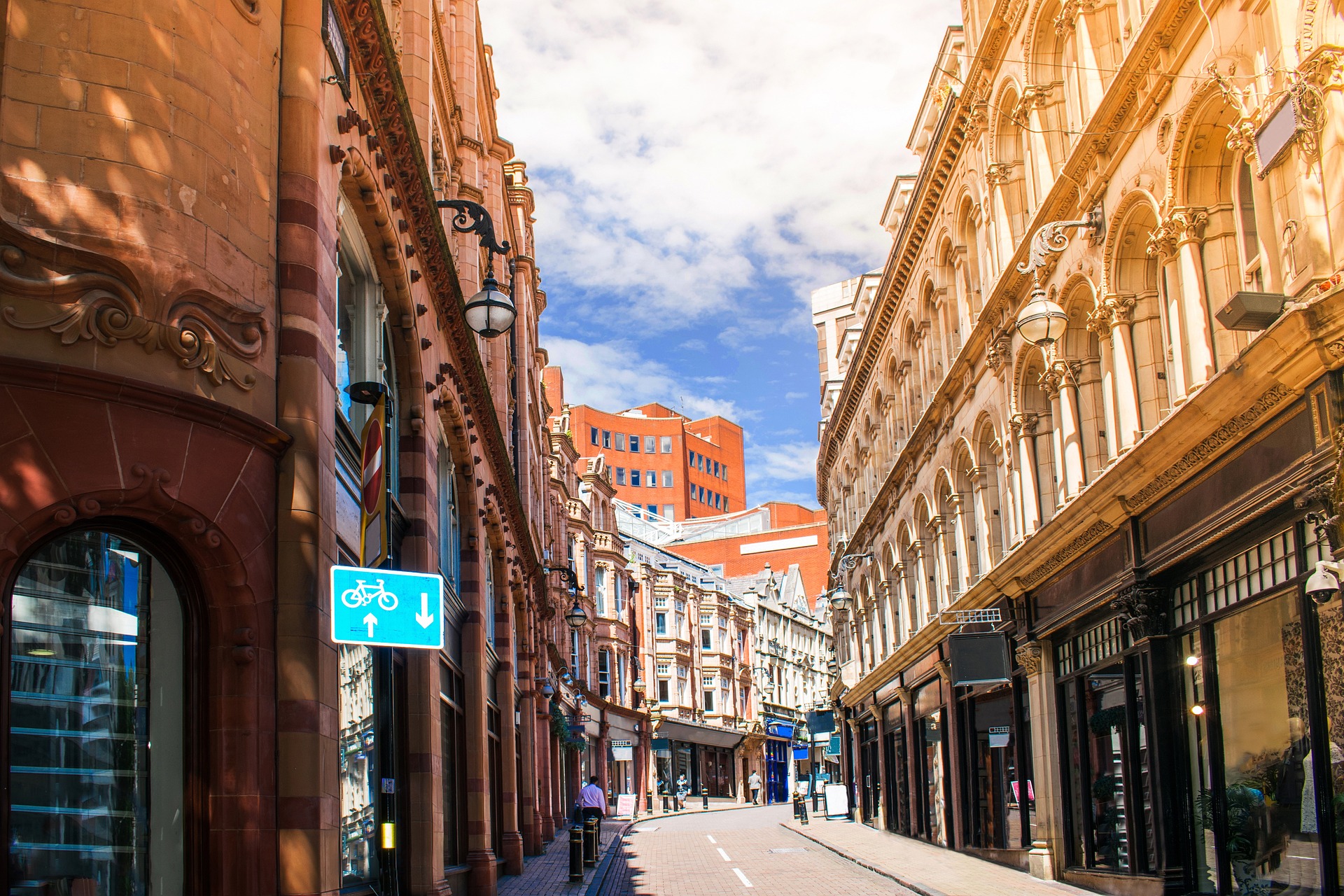Rental prices in Birmingham have been on the rise due to a combination of factors that are driving demand and affecting supply in the city.
Here are some of the key reasons why rents are high in Birmingham:
1. Economic Growth and Employment Opportunities
Birmingham has seen significant economic growth in recent years. As the second-largest city in the UK, it hosts a diverse range of industries, including finance, tech, manufacturing, and creative sectors. The growth of these industries has attracted a large number of workers to the area, increasing the demand for rental properties. With more people moving to Birmingham for job opportunities, the competition for housing has pushed rents higher.
2. Educational Institutions
Home to several universities and colleges, including the University of Birmingham, Aston University, and Birmingham City University, the city attracts a substantial student population. Students typically rent accommodation near their institutions, leading to high demand in certain areas, which contributes to higher rental prices.
3. Urban Regeneration and Investment
Birmingham has been undergoing extensive urban regeneration, with significant investments in infrastructure and commercial development, such as the HS2 rail project, the redevelopment of the Paradise area, and the expansion of the Metro tram system. These developments make the city more attractive, thereby increasing property values and rental costs.
4. Limited Housing Supply
Although new housing developments are underway, there is still a shortage of available housing to meet the growing demand. This supply constraint is a significant factor in driving up rental prices. When the housing stock does not keep up with demand, it creates a competitive market where landlords can charge more.
5. Desirable Neighbourhoods
Birmingham boasts several desirable neighbourhoods that offer a high quality of life, including good schools, parks, shopping districts, and other amenities. Areas such as Edgbaston, Harborne, and Sutton Coldfield are particularly popular and command higher rental prices due to their attractiveness to families and professionals.
6. Shifts in Housing Preferences
The COVID-19 pandemic has altered housing preferences for many, with a shift towards properties offering more space and amenities suitable for working from home. This shift has increased demand for larger rental properties or those with specific features, such as extra rooms or gardens, which are often priced higher.
7. Increased Operational Costs for Landlords
Landlords face higher operational costs due to regulatory changes, such as safety standards, energy efficiency requirements, and licensing. These costs are often passed on to tenants in the form of higher rents.
8. Gentrification
Gentrification is the process of urban renewal where older, often run-down neighbourhoods are revitalised by middle-class residents and businesses, leading to an increase in property values and rental prices. In Birmingham, areas like Digbeth and the Jewellery Quarter have experienced significant gentrification in recent years, attracting young professionals, artists, and entrepreneurs. As these neighbourhoods undergo transformation and become more desirable, demand for housing increases, pushing rents higher. Gentrification can sometimes result in the displacement of lower-income residents who can no longer afford the rising costs, further exacerbating the affordability challenges in the rental market.
The combination of strong economic drivers, educational attractions, limited housing supply, and ongoing urban development contribute to the high rental prices in Birmingham. As the city continues to develop and attract residents, managing this balance between demand and supply will be crucial in addressing rental affordability.









